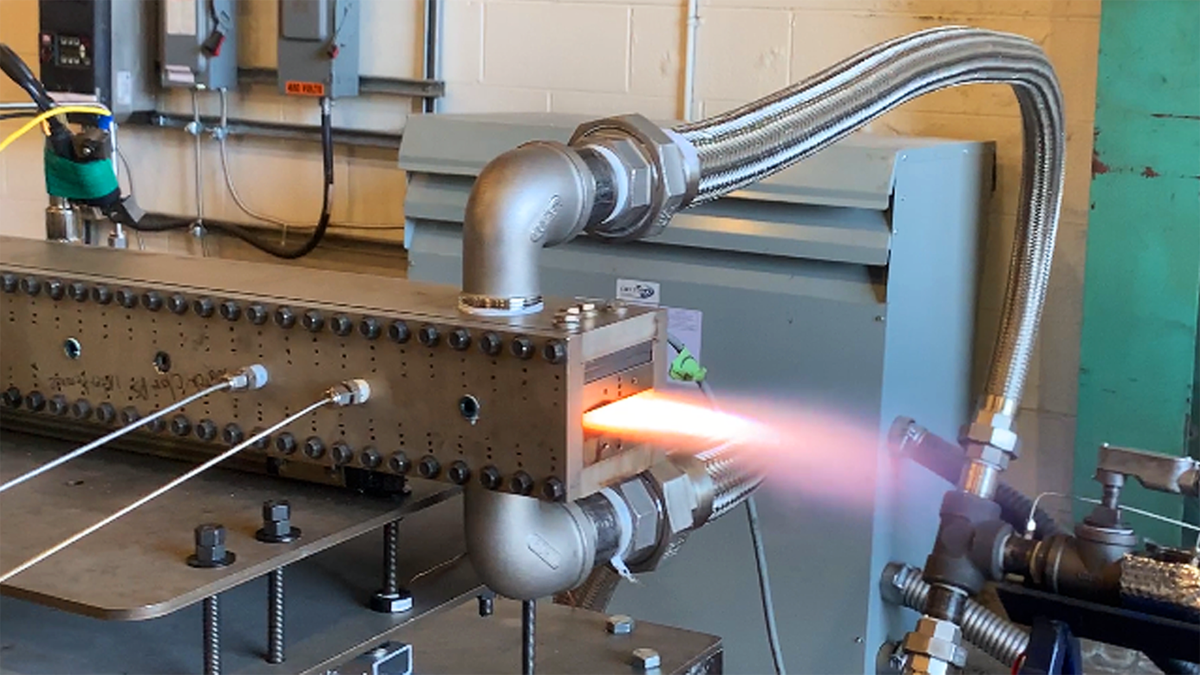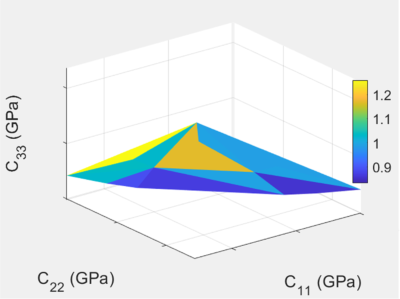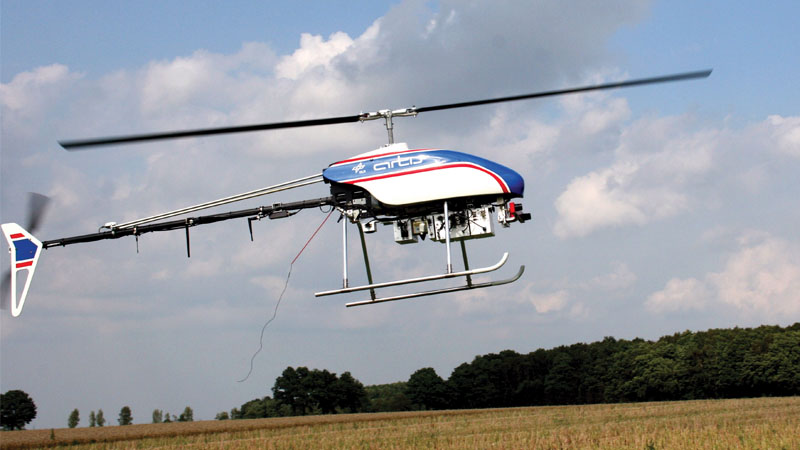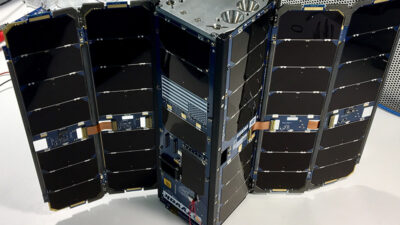Ramjet and scramjet propulsion mature, advancing weapon capabilities
By Friedolin Strauss, Jesse S. Kadosh and Khaled A. Sallam|December 2022
The High-Speed Air-Breathing Propulsion Technical Committee works to advance the science and technology of systems that enable supersonic and hypersonic air vehicle propulsion.
In July, Raytheon in partnership with Northrop Grumman completed its second flight test of the scramjet-powered Hypersonic Air-breathing Weapon Concept, or HAWC, for DARPA and the U.S. Air Force. The test demonstrated a matured affordable scramjet technology, according to Colin Whelan, president of Advanced Technology for Raytheon Missiles and Defense. After accelerating to hypersonic speeds using the scramjet engine from Northrop Grumman, the vehicle flew a trajectory to intentionally stress the weapon concept to explore its limits and further validate digital performance models.
Scramjet engines are jet engines that use high vehicle speed to forcibly compress incoming air instead of a compressor or turbine inside the engine for combustion to achieve sustained flight at hypersonic speeds — Mach 5 or greater. Additionally, airbreathing propulsion systems do not carry the added weight of an onboard oxidizer like traditional rockets. Raytheon and Lockheed Martin are both developing HAWC prototypes through a joint effort between DARPA and the Air Force. Lockheed Martin’s design was flown for the first time in April, powered by an Aerojet Rocketdyne scramjet.
In July during a speech delivered in St. Petersburg on Russia’s Navy Day, Russian President Vladimir Putin said that the Zircon naval hypersonic missile would be deployed in the coming months. In August in a televised interview during the Army-2022 forum outside Moscow, Russian Defense Minister Sergei Shoigu said that Zircons, which were designed to carry nuclear warheads, had entered mass production and had been put into service. The Zircon is said to be able to reach speeds of Mach 10, equivalent to traveling 3.4 kilometers per second. According to the Russian Defense Ministry, the weapon can strike a target from almost 1,000 kilometers away.
This year, the Institute of Space Propulsion at the German Aerospace Center, or DLR, continued to make up for accumulated covid-19 delays to the test schedule of its hydrogen and oxygen air vitiator facility at test bench M11.1 in Lampoldshausen, which is able to simulate Mach 5.5 to Mach 8 high-speed flight combustion chamber inlet conditions. Researchers throughout the year designed and tested a new modular hydrogen injector for scramjet and ramjet engines for the European MORE&LESS project, short for MDO and Regulations for Low-Boom and Environmentally Sustainable Supersonic aviation. The project is the successor to STRATOFLY, Stratospheric Flying Opportunities for High-Speed Propulsion Concepts. Researchers concluded this test campaign in August. In October, the injector was modified for upcoming hydrocarbon-based liquid fuel tests with biofuels as well as classic kerosene for testing pollutant generation, atmospheric impact and combustion processes for high-speed flight and supersonic transport. In parallel, other members of the MORE&LESS project advanced various technical and environmental aspects of the high-speed vehicles and propulsion systems, including the development of a Mach 5 waverider body concept MR5, which has a dorsal-mounted ramjet engine redesigned based on the MR3 Mach 8 aircraft designed during the STRATOFLY project.
Also during the year, Space Engine Systems continued development of a turbo-ramjet engine, the Dass GNX, that could accelerate to Mach 5. This included ground tests at simulated speeds of Mach 3 in which the H1X flat heat exchanger demonstrated heat transfer rates of 4.9 megawatts in 8.9 milliseconds at 65,000-foot conditions and 3.1 megawatts in 3.3 milliseconds at sea-level conditions. SES also opened a mobile thermomechanical test facility that applies 80 kg/s of air at up to 1,400 degrees Celsius to a 60-foot-long test cell to examine heated airframe bending performance under expected flight loads.
Contributor: Bayindir H. Saraocoglu



































